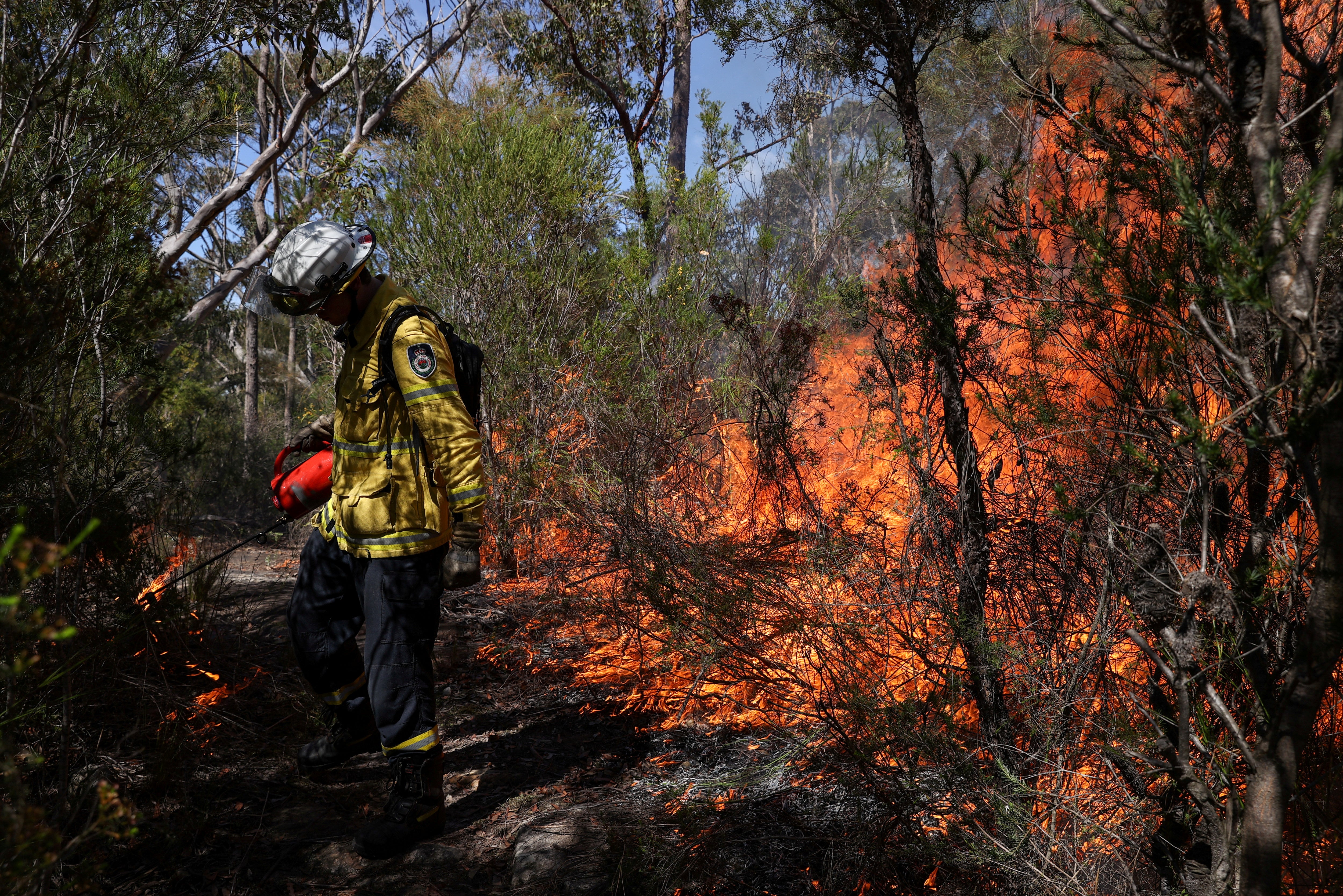Pollution from Australia wildfires ‘warmed stratosphere by 1°C for six months’
Wildfire smoke contains small amounts of black carbon that absorbs sunlight and heats the surrounding air

Your support helps us to tell the story
From reproductive rights to climate change to Big Tech, The Independent is on the ground when the story is developing. Whether it's investigating the financials of Elon Musk's pro-Trump PAC or producing our latest documentary, 'The A Word', which shines a light on the American women fighting for reproductive rights, we know how important it is to parse out the facts from the messaging.
At such a critical moment in US history, we need reporters on the ground. Your donation allows us to keep sending journalists to speak to both sides of the story.
The Independent is trusted by Americans across the entire political spectrum. And unlike many other quality news outlets, we choose not to lock Americans out of our reporting and analysis with paywalls. We believe quality journalism should be available to everyone, paid for by those who can afford it.
Your support makes all the difference.Smoke pollution from the scorching Australian wildfires of December 2019 and January 2020 warmed the stratosphere by 1°C for six months, according to a new study.
The so-called ‘Black Summer bushfires’ destroyed roughly 14 million acres of trees, brush and homes, and are estimated to have killed almost three billion animals.
The smoke plume from the fires reached a height of more than 20 kilometres and the flames sent 900,000 thousand metric tonnes of smoke particles into the stratosphere, the largest amount ever documented in the satellite era.
More than a year on, scientists are still measuring the impact of the fires.
Professor Yu Pengfei and colleagues at Jinan University, China, found that the fires resulted in enough smoke particle pollution to increase the temperature of the stratosphere over the southern hemisphere.
The team used climate modelling to simulate the smoke pollution of the fires and their environmental impacts, and satellite imagery was used to verify their findings.
A separate aerosol model was used to calculate how much particulate matter had entered the stratosphere, the portion of the atmosphere that extends from approximately 10 to 50 kilometres above Earth’s surface and contains the ozone layer.
Satellite observations showed smoke particles visible across half the globe within two months, and a small amount of smoke was even transported across the equator to the Northern hemisphere.
Wildfire smoke contains small amounts of black carbon, which, when injected into the atmosphere, absorbs sunlight and heats up the surrounding air.
The amount of heating and the rate of smoke rise is determined by the black carbon content of the smoke, which ranges between two and five per cent in bushfires.
According to Professor Pengfei’s study, the higher the smoke is ejected, the longer it will persist and the wider its effect.
The higher the black carbon content, the more devastating the level of damage to the ozone layer, which in turn exacerbates the greenhouse effect leading to global heating - simulations estimated persistent damage to the ozone layer in the months after the fires.
In addition to heating up the stratosphere, the researchers found smoke produced by the wildfires also increased the size of the Antarctic ozone hole by 12 per cent.
Join our commenting forum
Join thought-provoking conversations, follow other Independent readers and see their replies
Comments